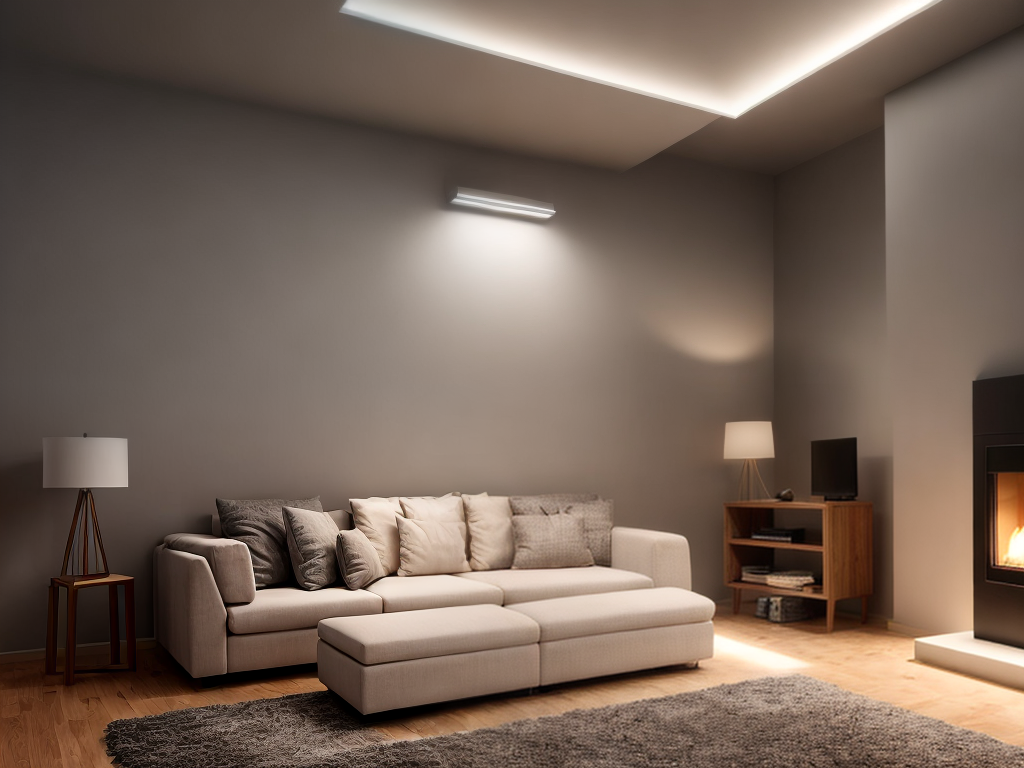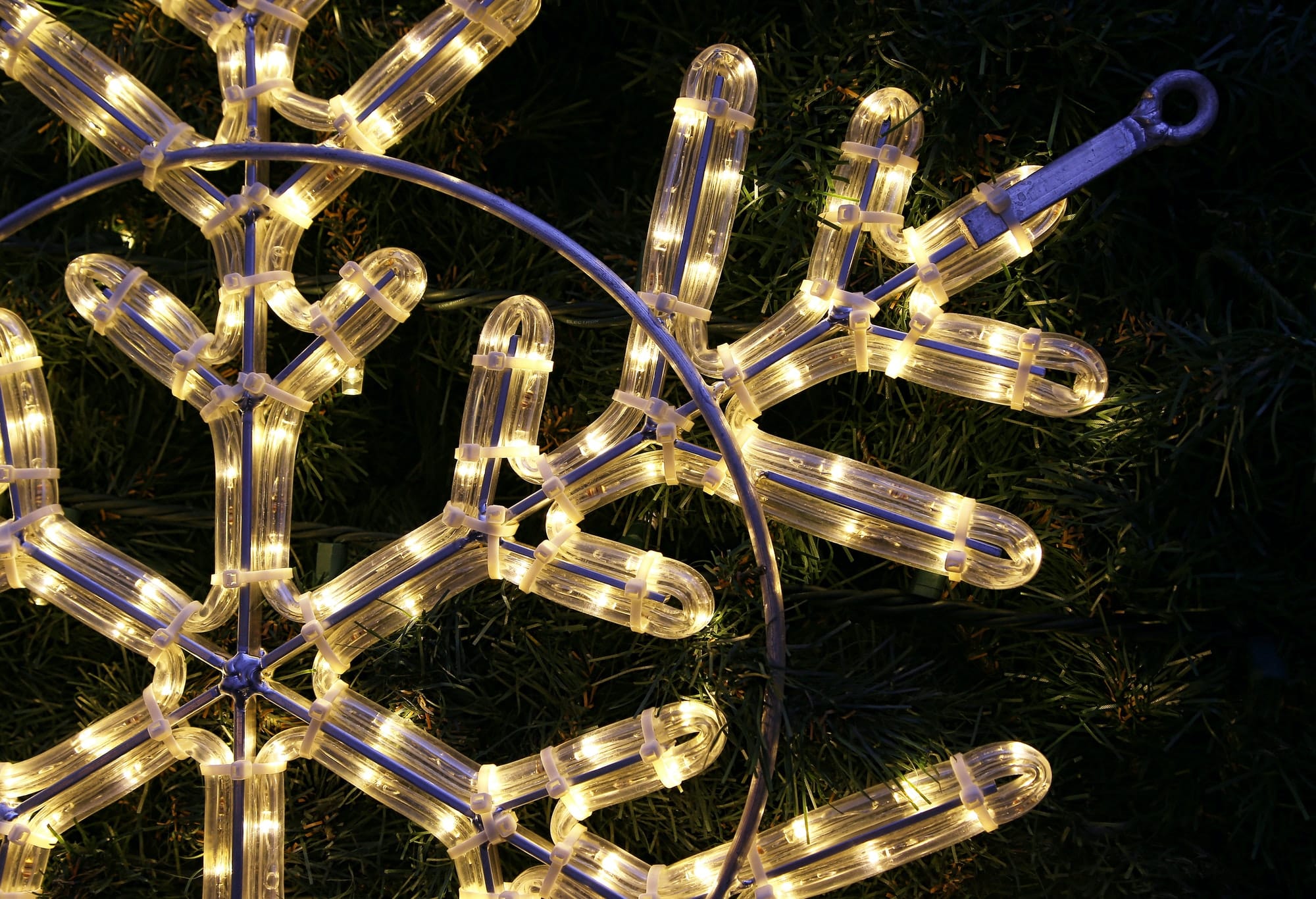So, you’re in the market for some LED lighting, huh? Well, let me tell you, it’s not as simple as just picking any old bulb off the shelf. Oh no, my friend, choosing the right LED lighting takes some serious consideration. Lucky for you, I’m here to guide you through the process. In this guide, we’ll delve into the nitty-gritty details of determining your lighting requirements, understanding the different types of LED bulbs, considering brightness and color temperature, evaluating energy efficiency, and assessing the lifespan and durability of LED bulbs. By the time we’re done, you’ll be a master at selecting the perfect LED lighting for your needs. Let’s get started, shall we?
Key Takeaways
- Consider specific needs and preferences, as well as the purpose of the space and desired ambiance.
- Evaluate the activities that will take place in the area and understand lighting design tips.
- Choose the right type of LED bulb, such as traditional LED bulbs, LED filament bulbs, or COB LED bulbs.
- Consider brightness (measured in lumens) and color temperature (measured in Kelvin) to determine the mood or atmosphere desired.
Determine Your Lighting Requirements
What are my lighting requirements? When it comes to choosing the right LED lighting, it’s important to consider your specific needs and preferences. Lighting design tips can help guide you in making the best choices. Factors affecting lighting choices include the purpose of the space, the desired ambiance, and the activities that will take place in the area. For example, if you are setting up a workspace, you would need bright and focused lighting to enhance productivity. On the other hand, if you are creating a relaxing atmosphere in your living room, you might opt for softer, dimmable lights. Understanding your lighting requirements is crucial in order to make informed decisions and achieve the desired results in any space.
Understand the Different Types of LED Bulbs
There are three main types of LED bulbs that you should understand: traditional LED bulbs, LED filament bulbs, and COB LED bulbs. Traditional LED bulbs are the most common and widely used type. They are energy-efficient and have a long lifespan, making them a cost-effective choice. LED filament bulbs mimic the look of traditional incandescent bulbs and provide a warm, soft glow. They are often used in decorative fixtures. COB LED bulbs, which stands for Chip-on-Board, have multiple LED chips on a single circuit. This technology allows for a higher light output and better heat dissipation. However, COB LED bulbs tend to be more expensive. It’s important to consider the advantages and disadvantages of each LED bulb technology to choose the right one for your needs.
Consider the Brightness and Color Temperature
When considering the right LED lighting for your needs, it is important to take into account the brightness and color temperature. The brightness of an LED bulb is measured in lumens, and it determines how much light the bulb emits. For areas that require a lot of light, such as workspaces or kitchens, you will want to choose a bulb with a higher lumen output. Color temperature, on the other hand, refers to the color appearance of the light. It is measured in Kelvin (K) and can range from warm to cool. The color temperature you choose will depend on the mood or atmosphere you want to create in the space. Additionally, consider color rendering, which refers to how accurately the light reveals the true colors of objects. Lastly, dimmability is an important feature to consider if you want to have control over the brightness levels of your LED lights.
Evaluate the Energy Efficiency of LED Lighting
To evaluate the energy efficiency of LED lighting, I consider the wattage and the lumens per watt ratio. LED lighting is known for its energy savings compared to traditional lighting options. The wattage of an LED bulb indicates the amount of power it consumes. Lower wattage bulbs consume less energy, resulting in cost savings and reduced environmental impact. Additionally, the lumens per watt ratio measures the efficiency of the bulb in converting energy into visible light. A higher lumens per watt ratio indicates a more energy-efficient bulb. LED lighting offers significant energy savings and a reduced environmental impact, making it an excellent choice for those looking for sustainable lighting solutions.
| Criteria | LED Lighting |
|---|---|
| Wattage | Lower wattage compared to traditional lighting |
| Lumens per Watt Ratio | Higher lumens per watt ratio for increased energy efficiency |
| Energy Savings | LED lighting offers significant energy savings |
| Environmental Impact | LED lighting reduces environmental impact compared to traditional lighting |
Assess the Lifespan and Durability of LED Bulbs
Assessing the lifespan and durability of LED bulbs is crucial for determining their longevity and reliability. When it comes to choosing LED lighting, considering the long term cost and maintenance requirements is essential. LED bulbs are known for their long lifespan, typically lasting up to 50,000 hours or more. This means they can provide illumination for many years without needing frequent replacements. Additionally, LED bulbs are highly durable, resistant to shocks, vibrations, and extreme temperatures. This durability ensures that they can withstand various environmental conditions, making them suitable for both indoor and outdoor use. By assessing the lifespan and durability of LED bulbs, you can make an informed decision that not only meets your immediate lighting needs but also offers cost-effectiveness and minimal maintenance requirements in the long run.




